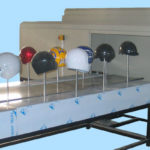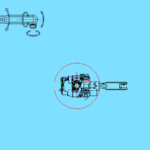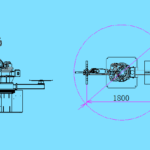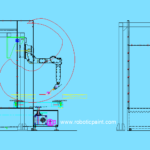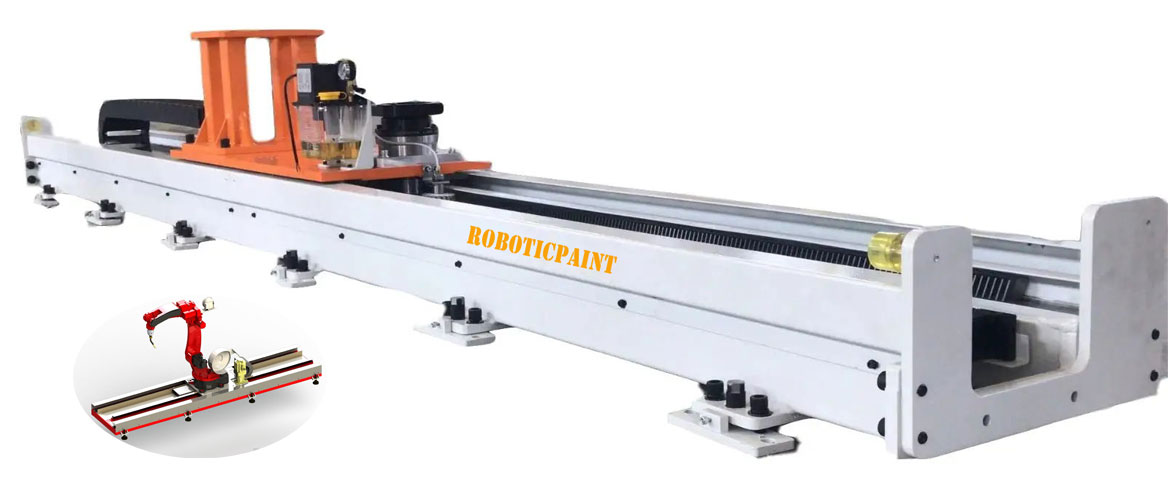 The robot walking rail is also called robot outer axis or the robot seventh axis etc. Robot walking rail is a high-tech integrated with computer, cybernetics, mechanism, sensor, IT technology and other disciplines. The main purpose of robot walking rail is to drive the industrial robot to move according to the specified route, thereby expanding the robot working radius and work scope, further improving robot efficiency.
The robot walking rail is also called robot outer axis or the robot seventh axis etc. Robot walking rail is a high-tech integrated with computer, cybernetics, mechanism, sensor, IT technology and other disciplines. The main purpose of robot walking rail is to drive the industrial robot to move according to the specified route, thereby expanding the robot working radius and work scope, further improving robot efficiency.
The guide rail part is divided into sliding guide rail, rolling guide rail, hydrostatic guide rail and magnetic suspension guide rail. Due to the high requirements of the robot in terms of speed and precision, rolling guide rail is used the most for its compact structure and reasonable price.
Walking rail installation can be grounded, hang or fixed on wall side by various robot application requirement. Here’s a quick list of walking rail configuration
- Drive: servo motor + helical planetary reducer
- Transmission: rack and pinion, the gear adopts thermal loading process, the rack adopts high-precision grinding rack
- Track: 2 linear guide rail sliders, multi-slider structure for balanced load.
- Limit: two ends with hard limit block, OMRON photoelectric limit switch.
- Protection: High-quality protection cover to prevent dust particles.
Walking rail main structure is precise CNC maching production with minimum fault tolerance. All crucial parts are world top class production to give the most durable and long lasting problem free operation.
Walking rail technical data
| Maximum payload | 1200Kg |
| Dimensions | W=500mm, H=300mm, L= 1500~6000mm (can be extended by modular units) |
| Move speed | 1250mm/S |
| Speed ratio | 1:10 |
| Speed up/down reaction | 0.75S |
| Moving accuracy | ±0.1MM |
| Electric voltage | 3Phase 380V ±10 50Hz |
| Weight | 200Kg per meter |
| Gear & rack | YYC helical gear and rack |
| Moving guide | THK noiseless guide |
| Drag chain | German IGUS |
RPG walking rail is widely compatible with different robots installation and highlight itself with the following:
- Affordable: cost performance, easy and fast installation, convenient maintenance
- Optimum design: modular design, the length can be adjusted arbitrarily within the integer range;
- Automation: automation is relatively high, can be integrated with different forms of production lines via different types of machine tools, cache and sampling equipment, etc.
- High precision: After the initial positioning and repeated positioning, ±0.05mm can be achieved
- High speed: the maximum running speed can reach 1.5-1.8m/s (according to different loads)
- Scope of work: handling, packaging, loading and unloading of machine tools, palletizing, machining, etc.

